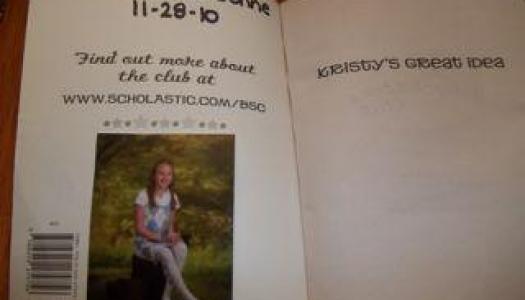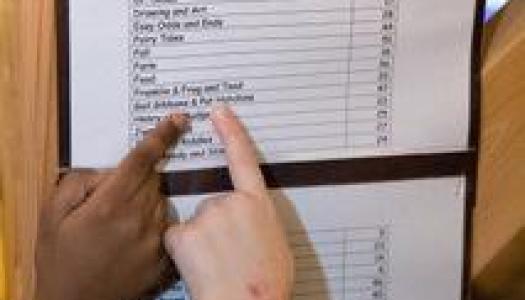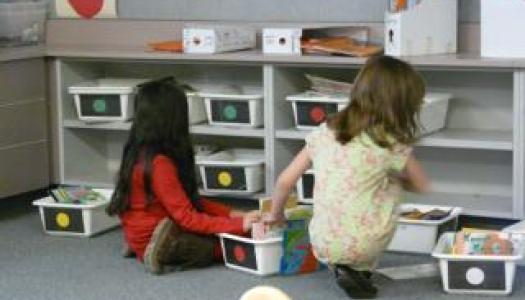Creating Wonderful Classroom Libraries
Join Our Community
Access this resource now. Get up to three resources every month for free.
Choose from thousands of articles, lessons, guides, videos, and printables.
We feel passionate about the importance of having a vast, diverse classroom library that will inspire, nurture, and grow lifelong readers. Because we use levels only as tools to inform our instruction, we do not organize our classroom libraries by level. Instead, we organize by topics, genres, and authors. We teach children to determine if a book is a good fit without the aid of a number, letter, or dot so they will be able to find a good-fit book wherever they are, be it home, bookstore, or public library.
 I grow my library intentionally by reading voraciously, getting to know my readers well, and procuring books that I know will match their abilities and interests. I add them throughout the year, putting them in the new book tub until they find a permanent home on the shelves.
I grow my library intentionally by reading voraciously, getting to know my readers well, and procuring books that I know will match their abilities and interests. I add them throughout the year, putting them in the new book tub until they find a permanent home on the shelves.
If you would like to set your library up like this, feel free to follow these six messy but worthwhile initial steps. Once the library is organized via this major makeover, it requires only minor maintenance and upkeep throughout the years. The best thing about this setup is how easily students, even as early as kindergarten, can independently find their own books and put them back where they belong.
Step 1. Sort the entire library into piles by series, topics, and favorite authors. Then, looking at the collection, sort the piles into groups that would fit into tubs. For example, if you have two dog books in one pile and three cat books in another, there isn’t really enough for a dog tub and a cat tub. Put them together to form a dog-and-cat tub.
Step 1½. As you sort, weed the titles. Weeding is a term I learned as a school librarian. Books that are out of date, unappealing, and damaged must go. Having books that no one will ever want to read can really impair the book-shopping experience for our students. So, without hesitation or guilt, kiss them goodbye.
Step 2. Place the piles into tubs and baskets. Place the newly organized tubs around the classroom library, selecting a spot based on popularity and necessary ease of access. For example, I had all the emergent books front and center when I taught first grade. When I taught second, favorite subjects, authors, and early-chapter books were first in sight.
Step 3. Assign each tub a number (marked with a sticky note) and record it on the classroom library master list (Kevin Henkes, Motorcycles, Harry Potter, Spiders, Frogs, Friends, Dogs, and so on). If I was doing it today, I might keep track of how many were in each tub so I’d know which tubs were in need of supplementation. This helps me quickly identify where new books belong. Your list may look completely different because it will match the categories you have in your own library.
Step 4. Make a “Where Can I Find a Book About . . .” list by typing the tubs up alphabetically and recording the corresponding number. When this is posted in the room, students will often use it to help them find a topic of interest. Scrolling down to find a book on dinosaurs, they discover they need to go to tub 6. If they want to read the next Horrible Harry, they will check tub 19.
Step 5. Make a label for each tub. I made them on the computer, but it would be even more engaging and fun if students made the tub labels themselves. Each label needs the tub title and its number. Do whatever works best for you. We are providing tub labels in Word that you can use as-is or as a starting place for your own personalized library.
Step 6. Using a small sticker or permanent pen, record the tub number on the back (or front) of each book in the tub. Labeling each book with the corresponding tub number makes it very easy for students to maintain the library. Even if they can’t read the title of the tub, they can match the number 10 to tub 10.
It really is our wish that every one of you would have a classroom library that is the heart of your classroom, where books ebb and flow into the hands of readers, eliciting laughter and learning, knowledge and wonder.








